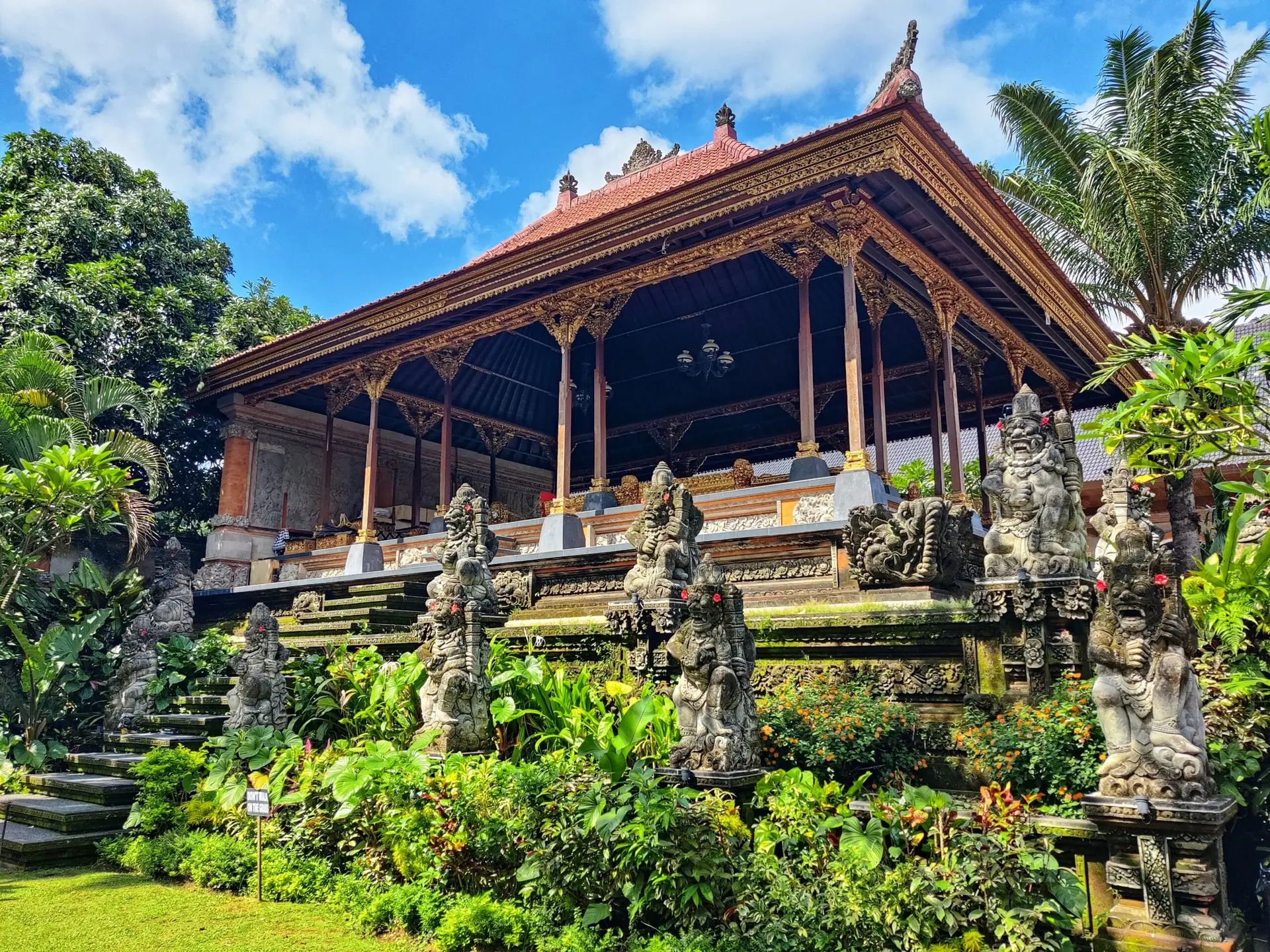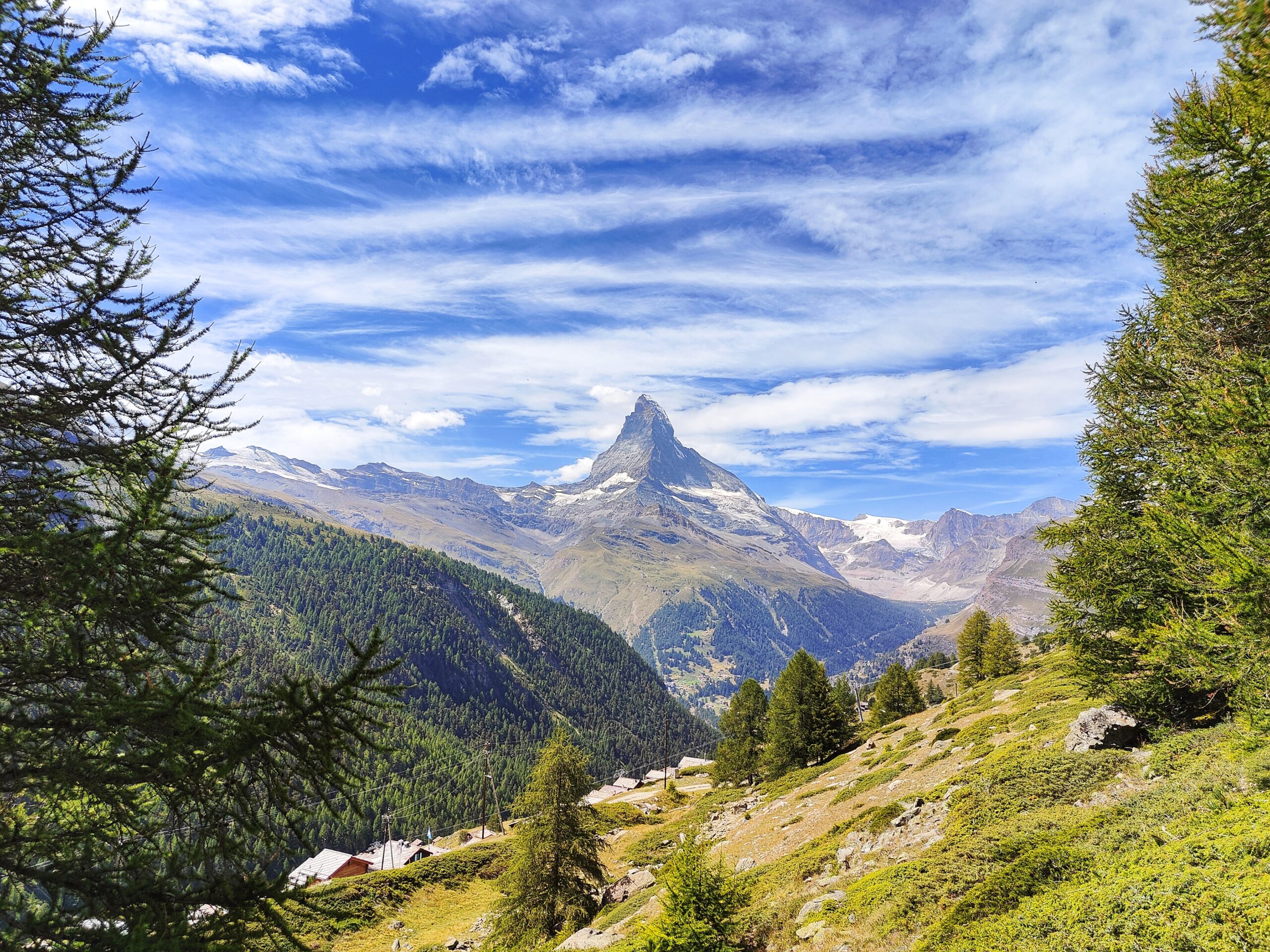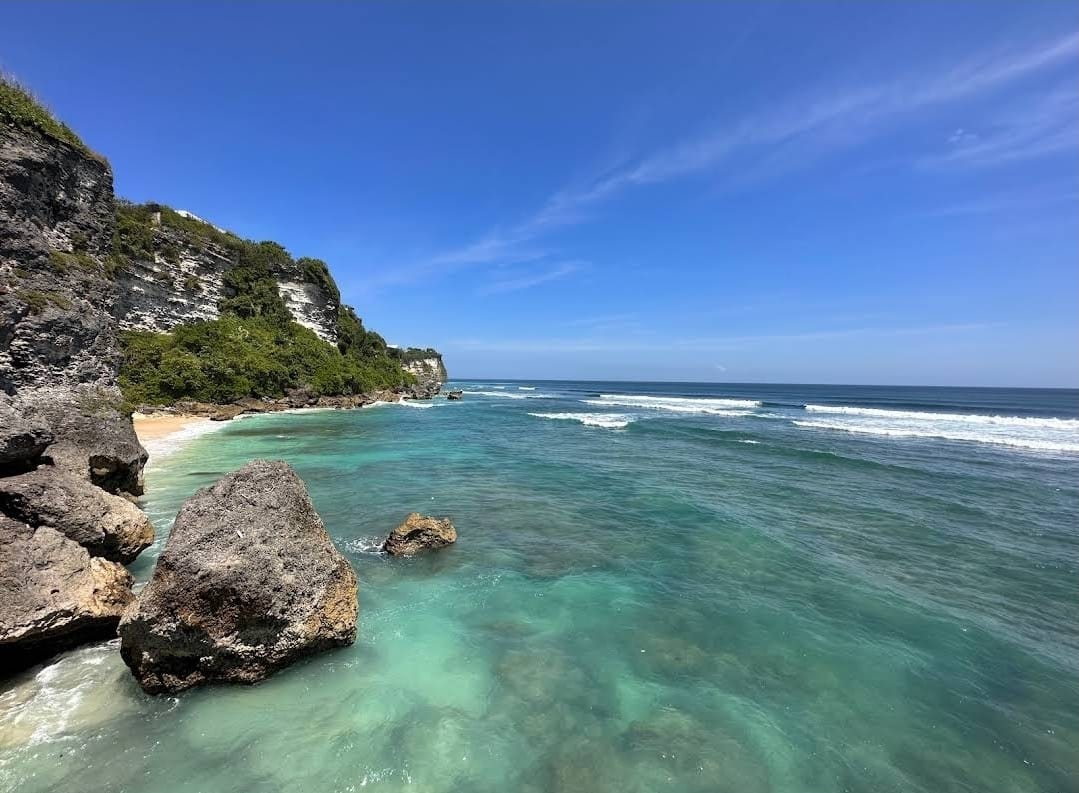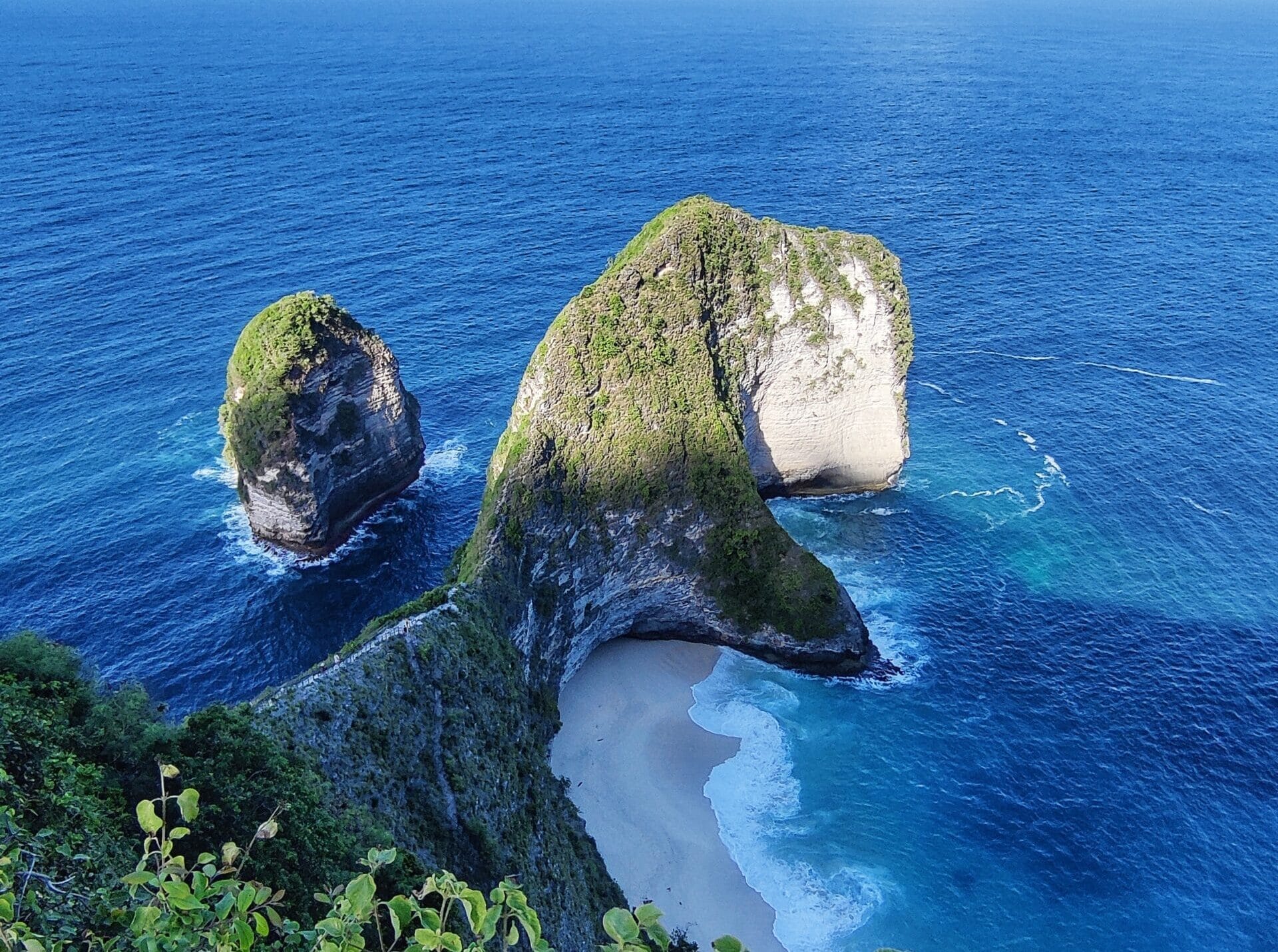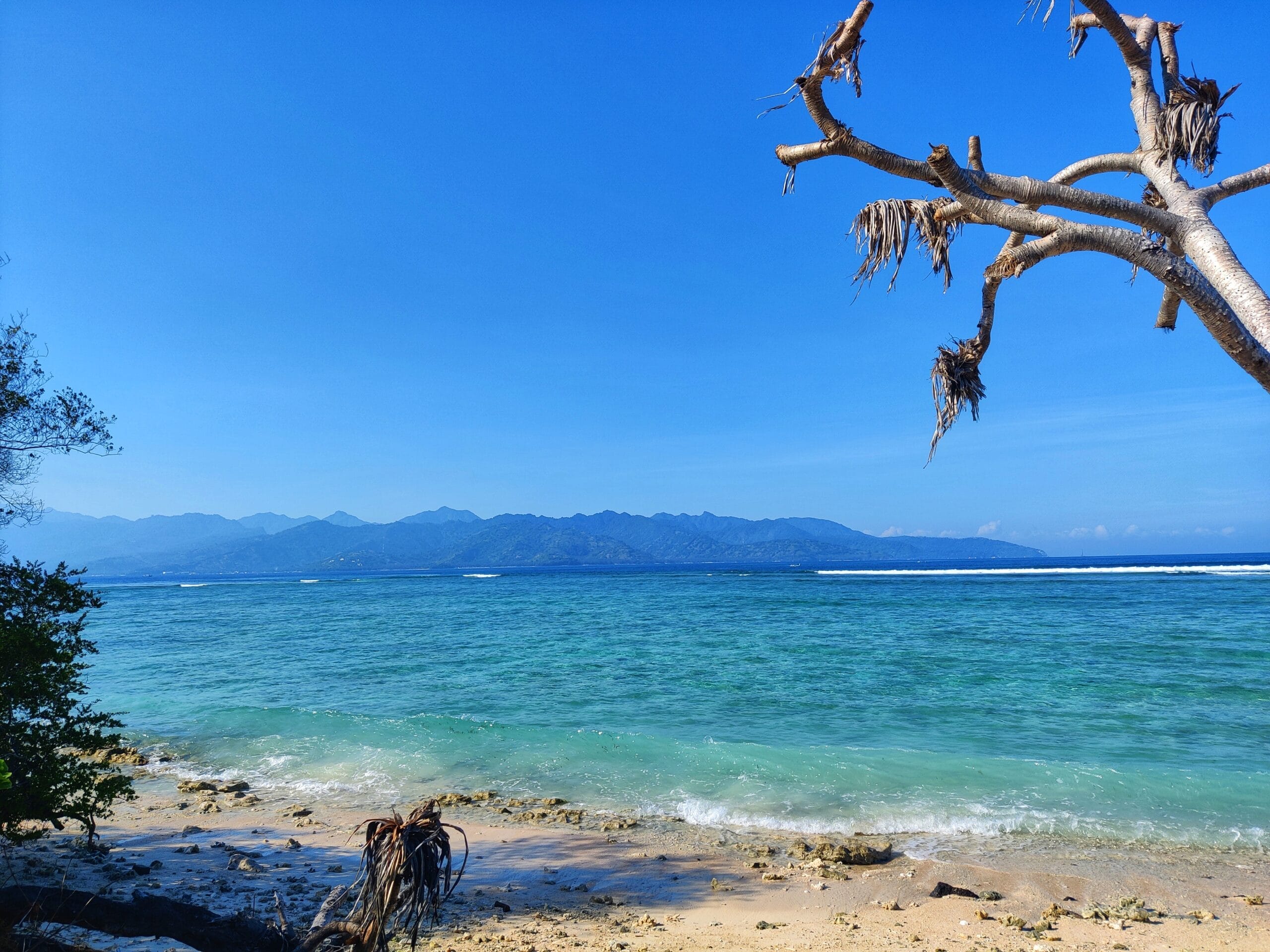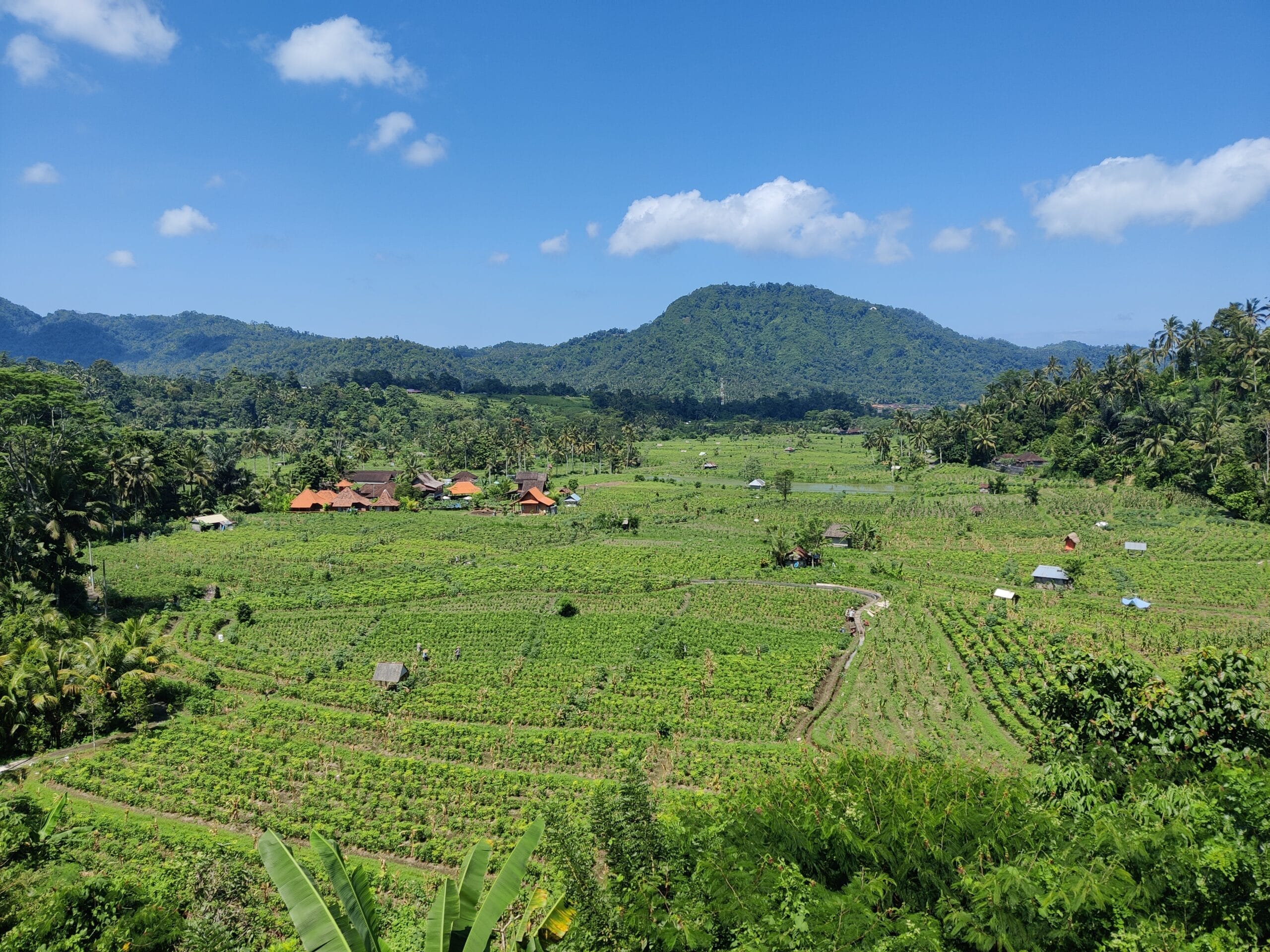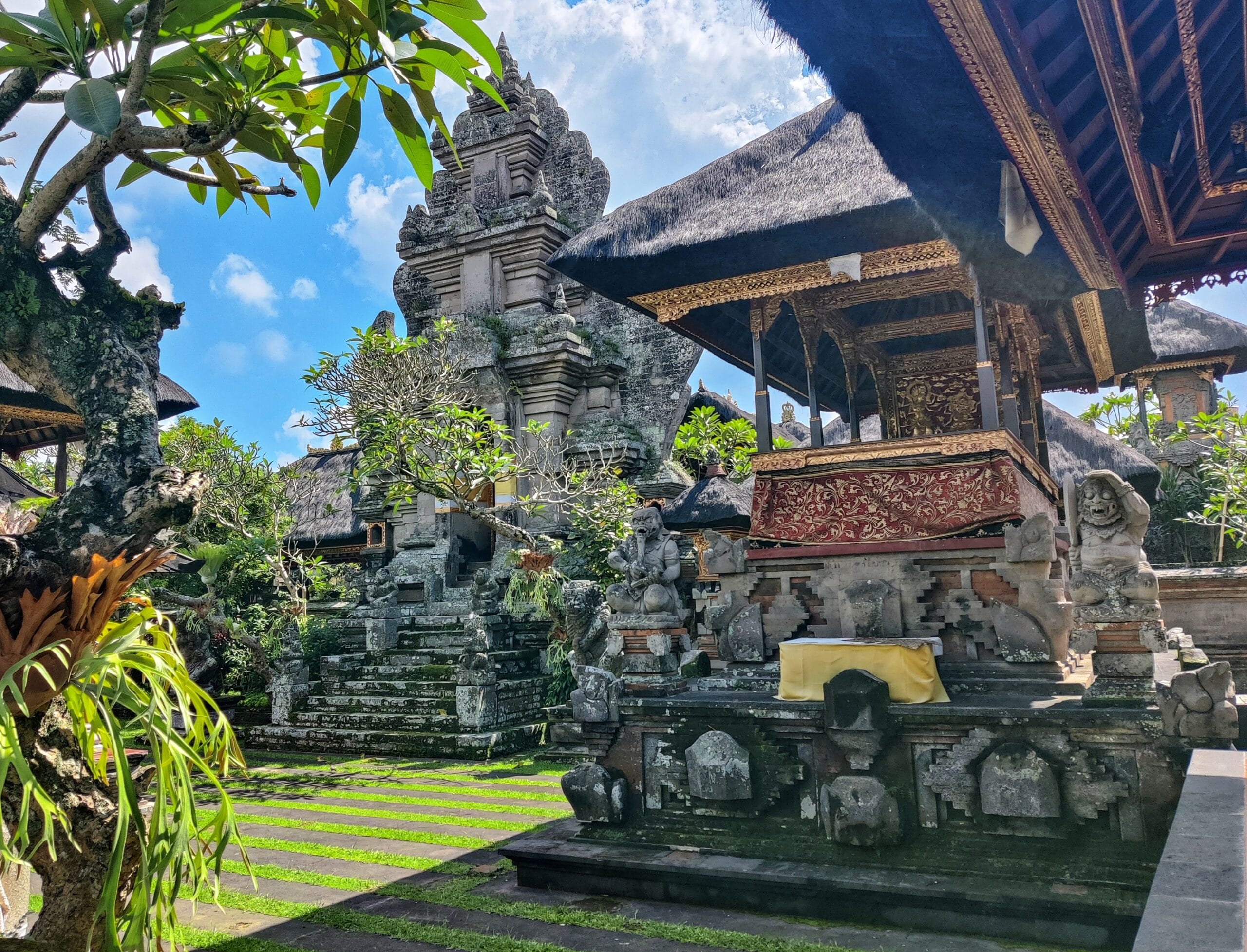Ubud: 4 Days in Bali’s Cultural and Spiritual Heart
Step Into the Magic of Ubud Picture a place where lush rice paddies stretch as far as the eye can see, where sacred temples whisper ancient stories, and where art and spirituality blend in perfect harmony. Welcome to Ubud – Bali’s cultural heart. Nestled in the center of the Island of the Gods, Ubud captures the very soul of Bali, balancing tradition and modernity. Unlike the lively beach resorts of the south, Ubud reveals a quieter, deeper side of the island. Every street, every market, every field tells a story. Far from the crowds, this is a sanctuary of nature and culture—an ideal retreat for those seeking inspiration, reflection, and wonder. Whether you’re drawn to Balinese culture, wide open landscapes, wellness experiences, or simply curious to explore a different side of Bali, Ubud has something for everyone. From mystical temples and traditional dance performances to tiered rice terraces and soothing spas, every moment here invites discovery and escape. We had the chance to stay in Ubud, and each day felt like a true immersion. Here are the must-do experiences to make the most of this unforgettable destination. Explore Central Ubud: Where Culture and Balinese Traditions Meet Wandering Through Ubud’s Lively Streets From the moment we arrived in Ubud, we took time to soak in its unique energy by strolling through its picturesque streets. Every corner holds a surprise: local craft shops full of handmade treasures, vibrant art galleries bursting with creativity, and cozy cafés where we enjoyed our first cup of rich, aromatic Balinese coffee. The atmosphere is vibrant, striking a perfect balance between tradition and modern life. Here, ancient temples stand side by side with trendy boutiques, offering an immediate glimpse into the cultural soul of Bali. Ubud Art Market: A Dive into Balinese Handicrafts The colorful Ubud Art Market is a must-visit for anyone seeking authentic local crafts. From finely carved wooden sculptures and brightly colored sarongs to handwoven rattan bags and silver jewelry from the village of Celuk, it’s almost impossible to leave empty-handed. We couldn’t resist picking up fragrant local spices—perfect for bringing a taste of Bali home—as well as beautifully crafted items and natural Balinese cosmetics, known for their local ingredients and wellness benefits. Every purchase here is more than a souvenir—it’s a celebration of Balinese craftsmanship and the vibrant spirit of the market. How to Bargain at Ubud Market? Bargaining is part of the experience at the Ubud market, and vendors expect it. However, respect and kindness are key to a pleasant exchange. Start the conversation with a smile and a positive attitude, always honoring the artisans’ work. To build rapport and show appreciation for the local culture, end your transaction with a heartfelt “terima kasih” (thank you in Indonesian). This small gesture helps create a friendly connection—and might even lead to a better deal! Walking Through Ubud’s Rice Fields: Nature and Stunning Views The lush landscapes surrounding Ubud offer a full immersion into Bali’s natural beauty. One of our favorite walks was the Sari Organic Walk—a peaceful trail through cultivated fields, with a perfect mid-way break at a café overlooking the rice paddies. An ideal spot to pause and take in the scenery. Due to limited time, we missed the famous Campuhan Ridge Walk—a 7 km trail known for its rolling hills and breathtaking views—and the Kajeng Rice Fields Walk, popular for its calm atmosphere at sunset. These trails are now high on our list for our next visit, as their beauty and tranquility are widely praised. Our stay in Ubud was more than just a visit—it was a true immersion into Balinese culture. Between the cultural discoveries, bustling markets, and incredible natural landscapes, Ubud stole our hearts. We left with one certainty: we’ll be back. Discover the Temples of Ubud: The Spiritual Soul of Bali During our stay in Ubud, we were captivated by the region’s deep spiritual and cultural richness. Each temple offered a unique experience, blending history, art, and sacred rituals. Must-See Temples in Ubud Pura Dalem Ubud, just a short walk from the town center, is a fascinating temple dedicated to deities of death and reincarnation. Its intricate carvings of demons and mythological Balinese figures immerse visitors in the spiritual world of Hinduism. By nightfall, the temple transforms into a stage for traditional Balinese dance performances—an immersive and enchanting experience. Right in the heart of Ubud, Pura Taman Saraswati charms visitors with its majestic lotus pond and serene atmosphere. Dedicated to Saraswati, the goddess of wisdom and the arts, it’s an ideal spot for peaceful reflection and stunning photography. Once the royal family’s residence, Puri Saren Agung (Ubud Palace) offers a glimpse into traditional Balinese architecture. Its beautifully carved gardens and sculptures make it a pleasant place to explore, especially at dusk when the atmosphere becomes more tranquil. Just a few minutes from Ubud, Goa Gajah—also known as the “Elephant Cave”—left a strong impression with its rock-cut carvings and mystical ambiance. The site’s dramatic entrance, featuring a demon-like face, is one of its most iconic features. Spiritual Experiences and Sacred Sites Around Ubud About 30 minutes from Ubud, Pura Tirta Empul is a must for anyone interested in a meaningful spiritual experience. Known for its holy spring water pools, the temple attracts both Balinese worshippers and travelers curious to connect with local traditions. Visitors are welcome to take part in the water purification ritual, believed to have cleansing and healing properties. Pro Tip: Visit Pura Tirta Empul early in the morning to enjoy a more peaceful atmosphere before tour groups arrive. Roughly 1.5 hours from Ubud, Pura Besakih—the largest and most sacred temple in Bali—offered us a profound immersion into Balinese Hinduism. Located on the slopes of Mount Agung, this vast complex is made up of over 80 shrines, each dedicated to a different deity. Its dramatic setting and deep spiritual significance make it a must-visit for anyone looking to explore Bali’s spiritual heritage in all its grandeur. Tips: Set aside at least half a day to explore Pura Besakih. To avoid the crowds and take in the beauty of the site, plan your visit early in the morning … Read more
